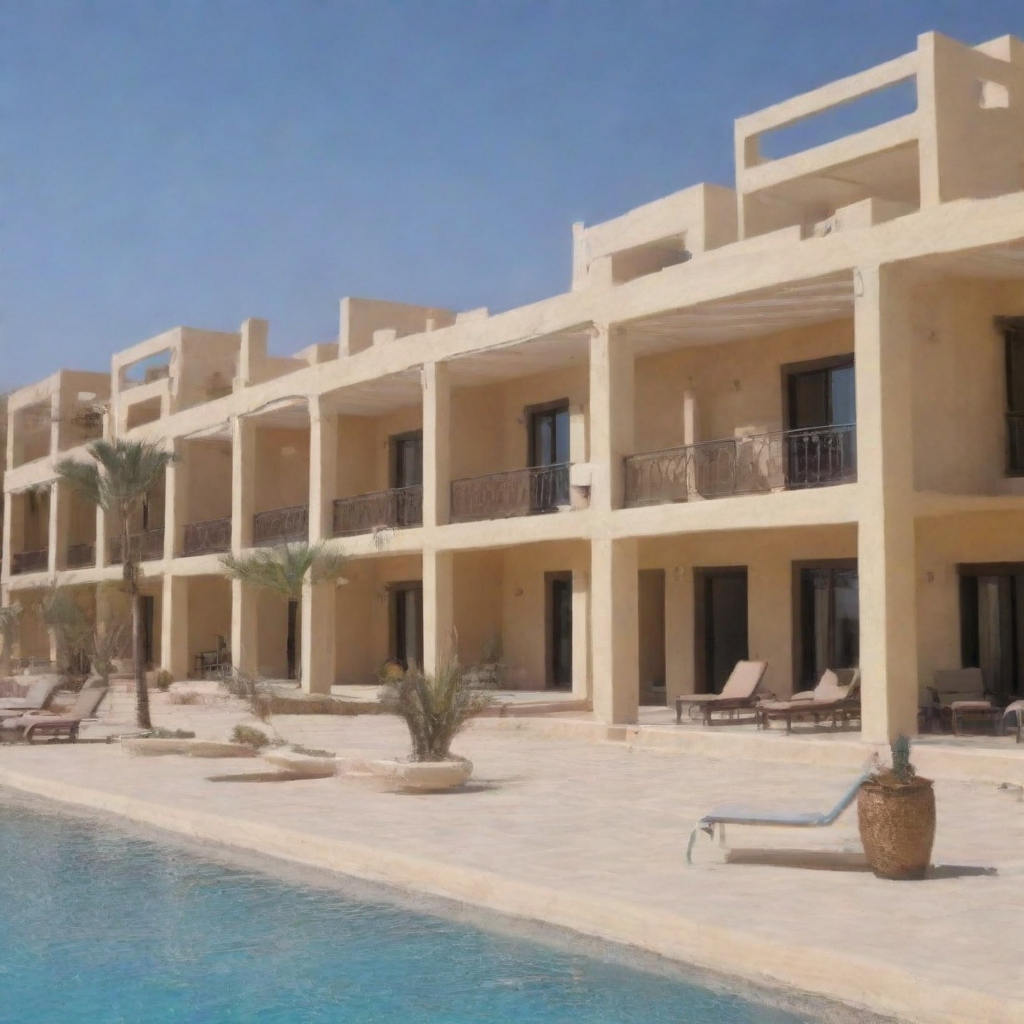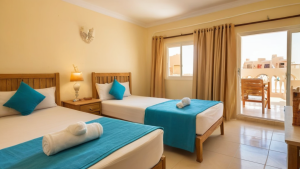Summary about owning and buying property in Hurghada, Egypt.
- When it comes to investing in real estate, one of the most common questions is how much money you actually need to get started.
- However, breaking down the key financial requirements will help you get a clearer picture of the funds needed to begin your property investment journey.
- For example, if you are looking at a property valued at $250,000, expect to put down between $12,500 (5%) and $50,000 (20%).
- A good rule of thumb is to keep at least 3% to 5% of the property value annually for maintenance.
- While not a direct cash requirement, your credit score and debt-to-income (DTI) ratio influence loan approval and the down payment amount.
How much money do you need to start investing in property: key financial requirements
Understanding initial capital in property investment
When it comes to investing in real estate, one of the most common questions is how much money you actually need to get started. The truth is, there isn’t a one-size-fits-all answer. The amount varies greatly based on the market, property type, and your investment strategy. However, breaking down the key financial requirements will help you get a clearer picture of the funds needed to begin your property investment journey.
Down payment: the largest upfront expense
The down payment usually represents the biggest chunk of your initial investment. Typically, lenders require a minimum down payment ranging from 5% to 20% of the property’s purchase price. For example, if you are looking at a property valued at $250,000, expect to put down between $12,500 (5%) and $50,000 (20%).
Here are the common down payment requirements based on property type:
- Primary Residence: Can be as low as 3% to 5% with certain loan programs.
- Investment Property: Usually 15% to 20% or higher, since lenders see these as higher risk.
- Commercial Property: Often demands at least 20% down, sometimes more depending on the property and loan terms.
Remember, a larger down payment means owning more equity from the outset and possibly securing better financing terms.
Closing costs and fees
Besides the down payment, closing costs add another layer to the upfront expenses. These typically range from 2% to 5% of the property price. If your property costs $250,000, expect closing costs to land between $5,000 and $12,500.
Typical closing costs include:
- Loan origination fees
- Appraisal fees
- Title insurance and escrow fees
- Inspection fees
- Attorney fees
- Property taxes prorated
Accounting for these costs ensures you aren’t caught off guard when the purchase date arrives.
Reserves for property maintenance and unexpected expenses
Real estate investment isn’t just about buying a property; it requires maintaining it and handling occasional emergencies. It’s smart to have reserve funds set aside to cover repairs, vacancies, or sudden big-ticket expenses.
A good rule of thumb is to keep at least 3% to 5% of the property value annually for maintenance. For a $250,000 home, that means setting aside $7,500 to $12,500 per year, broken down monthly. This cushion can save you from financial stress if unexpected issues arise.
Down payment assistance and financing options
If saving tens of thousands for a down payment seems overwhelming, don’t worry. There are programs designed to help:
- FHA Loans: These government-backed loans allow down payments as low as 3.5%, catering to first-time buyers or those with lower credit scores.
- VA Loans: For military veterans, VA loans often require zero down payment.
- Owner Financing or Lease Options: In some cases, sellers offer creative financing that reduces immediate cash requirements.
- Partnerships: Joining forces with other investors may diminish individual capital needs.
Leveraging these options can significantly lower the upfront capital needed and make property investment accessible to more people.
Additional funds for investment strategies
Your investment approach also impacts how much money you need. For example:
- Buy-and-Hold Rental Properties: Expect to cover the down payment, closing costs, and reserves, plus any initial costs for making the unit renter-ready.
- Fix and Flip: This requires a larger upfront investment since you’ll need funds to purchase and renovate the property before resale.
- Real Estate Investment Trusts (REITs): If you want exposure without direct ownership, you can start investing with smaller amounts, sometimes even under $1,000, but this is a different form of investing from owning actual property.
Planning your investment strategy early helps clarify how much money to prepare and where to allocate it effectively.
Credit score and debt-to-income ratio considerations
While not a direct cash requirement, your credit score and debt-to-income (DTI) ratio influence loan approval and the down payment amount. Strong credit and a low DTI ratio may qualify you for better loan programs with lower down payment needs. Conversely, poor credit or high existing debts could increase the required cash deposits or interest rates.
Before starting your property search, review your credit report and try to improve your financial health. This preparation can reduce the amount of money you need upfront.
Hidden costs to be aware of
Keep in mind that buying property involves costs beyond the obvious. These might include:
- Property insurance premiums
- Homeowners’ association (HOA) fees
- Property management fees (if you use a manager)
- Utilities and ongoing taxes
- Marketing and leasing expenses (for rental properties)
Accounting for these hidden costs upfront ensures you don’t underestimate the money required for property investment.
Final thoughts on financial preparation
To confidently start investing in property, aim to gather:
- A sufficient down payment (often 15–20% for investment properties)
- Closing costs (2–5% of purchase price)
- Maintenance and reserve funds
- Cash for any repairs, renovations, or unexpected expenses
Remember, the exact amount depends on where you invest, your financing options, and your investment goals. With careful research and smart financial planning, you can define a budget that fits your situation and move forward with confidence into property investing.
Strategies to maximize your investment when starting with limited capital
Unlocking property investment with limited funds
Starting your journey into property investment might seem daunting, especially when you’re concerned about how much money you need upfront. However, the truth is, you don’t need a fortune to begin building assets in real estate. With the right strategies, even limited capital can be transformed into meaningful property investments that generate income and appreciate over time.
Understanding the minimum capital requirements
The amount of money required to start investing in property varies widely depending on your location, market conditions, and investment approach. Traditionally, purchasing a property outright requires a significant down payment,often 20% of the property price. But there are smarter paths to enter the market without putting down tens of thousands of dollars.
For example, some lenders allow first-time buyers or investors to secure a loan with as little as 5% to 10% down payment. Additionally, if you are open to smaller properties or units, entry costs can be lower. The key is to understand your local market and financing options to identify the most affordable investment opportunities.
Leveraging financing to stretch your capital
One of the most effective ways to maximize your limited funds is to use leverage wisely. By obtaining a mortgage or property loan, you can control a property worth much more than your initial cash investment. However, leveraging comes with responsibilities and risks, so it’s important to balance your borrowing capacity with a realistic financial plan.
- First-Time Buyer Programs: Many regions offer special assistance programs or incentives, such as lower down payments or grants, to encourage new investors.
- Good Credit Management: A good credit score can help secure favorable mortgage rates, reducing your monthly payments and increasing your cash flow.
- Shop Around for Lenders: Different banks and mortgage brokers may offer varied terms. Take time to find the best deals that increase your purchasing power without exposing you to excessive risk.
Exploring alternative investment options
If buying a physical property with a traditional mortgage seems costly, consider alternative property investment avenues that require lower initial capital. Some options include:
- Real Estate Investment Trusts (REITs): These allow you to invest in property portfolios through stock-like shares, often with as little as a few hundred dollars.
- Property Crowdfunding: Pool your money with other investors to fund real estate projects, getting exposure without full ownership responsibility.
- Lease Options: Lease properties with an option to buy later. This can minimize upfront costs but enables you to control an asset while building equity over time.
Smart budgeting and cost management
When capital is limited, every dollar counts. To maximize your return on investment, adopt a strict budgeting approach throughout the purchasing and ownership phases. Pay attention to costs such as:
- Renovations and Repairs: Small upgrades can greatly increase property value without breaking the bank. Prioritize essential improvements that enhance rental appeal.
- Property Management Fees: Consider handling some tasks yourself if possible, especially in early stages, to save money.
- Unexpected Expenses: Set aside a contingency fund to cover surprises like maintenance issues or vacancy periods.
Boosting investment returns through rental income
Generating positive cash flow is key to growing your investment, particularly when starting with limited funds. To ensure your property creates regular income:
- Choose High-Demand Locations: Areas near public transport, schools, and amenities tend to attract reliable tenants willing to pay competitive rents.
- Market Your Property Well: Quality photos, effective listings, and responsive communication can shorten vacancy periods.
- Consider Short-Term Rentals: If local regulations permit, this can improve yield compared to long-term leases, though it requires more active management.
Building equity for future investments
Your first investment is just the beginning. By carefully managing the property and paying down your mortgage, you build equity,a valuable asset that can be used as collateral for future purchases. Over time, this snowball effect enables you to acquire more properties even with modest initial capital.
Be patient and strategic. Reinvest your profits, maintain good credit, and constantly educate yourself about market trends and financing options. This approach transforms limited initial funds into a growing real estate portfolio.
Final thoughts on starting property investment with limited capital
Starting property investment does not demand a fixed large amount of money. It requires smart strategy, disciplined budgeting, and exploring financing or alternative investment tools. By leveraging available resources, prioritizing locations, and focusing on income generation, you can maximize your investment potential and create a foundation for long-term wealth even with limited upfront capital.
Starting your property investment journey doesn’t have to be out of reach, even if you’re working with a limited budget. Understanding the key financial requirements,such as the down payment, closing costs, and ongoing expenses,helps you set realistic expectations and prepare accordingly. Knowing exactly how much money you need to begin gives you a clear starting point and prevents surprises along the way.
When funds are tight, adopting smart strategies can make a big difference. Exploring options like leveraging financing, partnering with other investors, or focusing on lower-cost properties can maximize your initial investment. These approaches allow you to enter the market confidently while minimizing upfront costs and risks. Taking the time to research and plan makes your capital work harder and positions you for long-term growth.
By knowing both the financial basics and effective tactics to stretch your budget, you can turn your property investment goals into achievable steps. Remember, every successful investment starts with thoughtful planning and action. Whether you’re saving for your first down payment or ready to explore creative ways to invest, understanding your money requirements is the foundation of building a profitable property portfolio. With patience and strategic choices, property investing becomes accessible and rewarding.










